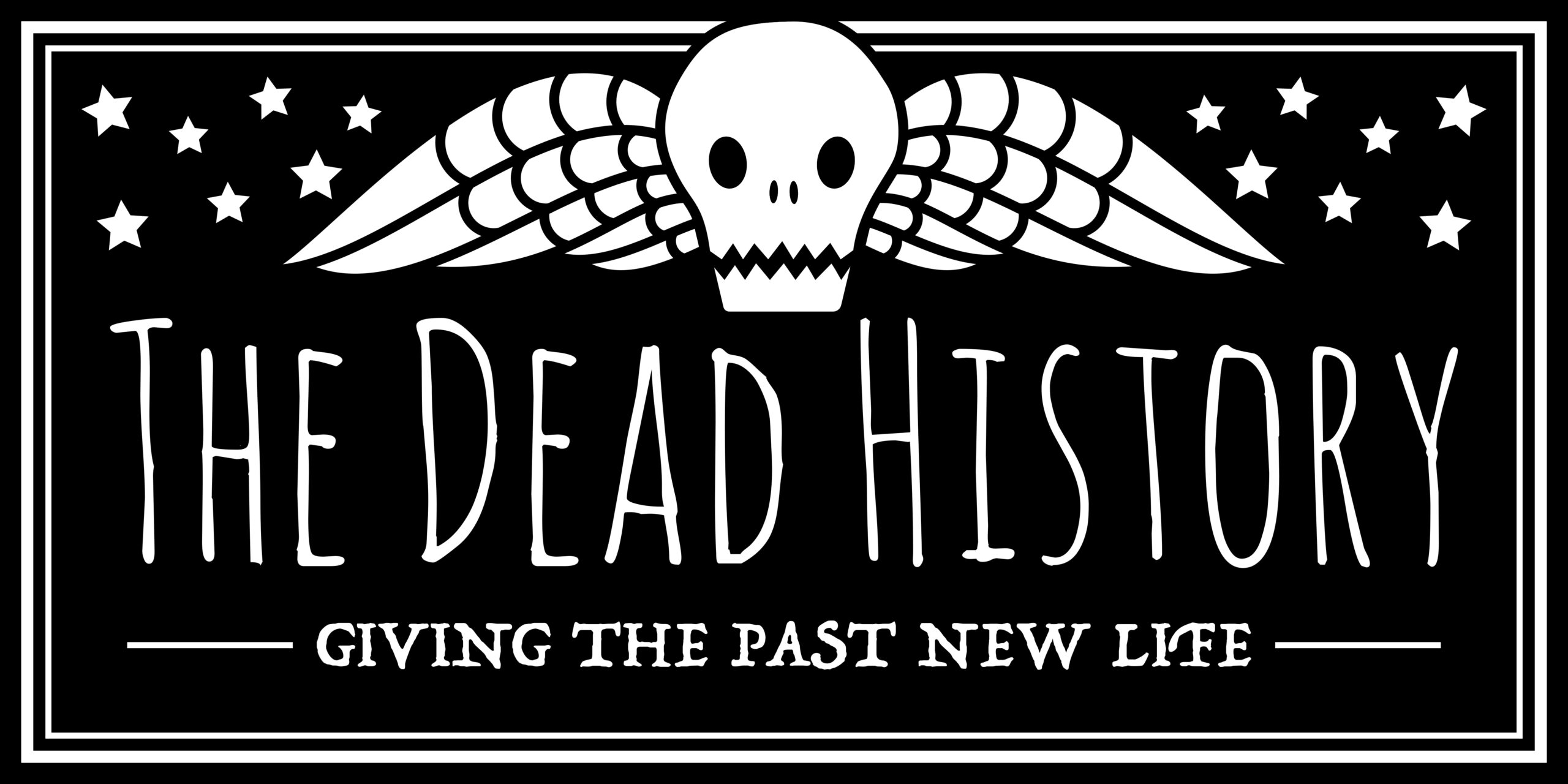While researching local haunted places to write about, I kept finding references to people being buried in the Poor Farm Cemetery in Roy, Utah. The strange part was that I’m …
Tag:
abandoned
-
The Legend: A mother took her two young children for a drive, believing they were possessed by the devil. She drove off the bridge into the river, killing everyone in …
-
A School Frozen in Time On the corner of Euclid & Ramsey in Goldfield, Nevada, the Goldfield High School stands in a state of graceful decay. While most visitors come …
-
For decades, the Brigham City Indian School sat abandoned, its empty halls fueling eerie stories of restless spirits and forgotten history. As with most urban legends, the longer the buildings …
A Lifelong Fascination with the Macabre My fascination with all things creepy started early. By the time I was eight, I had seen almost every cheesy horror movie, devoured ghost …
